The exhibition is a very meaningful activity of French friends on the occasion of the 50th anniversary of the Liberation of the South and National Reunification.
The canvases, posters and sketches are not only unique works of art, but also calls for peace and protests against the unjust war waged by the US military.
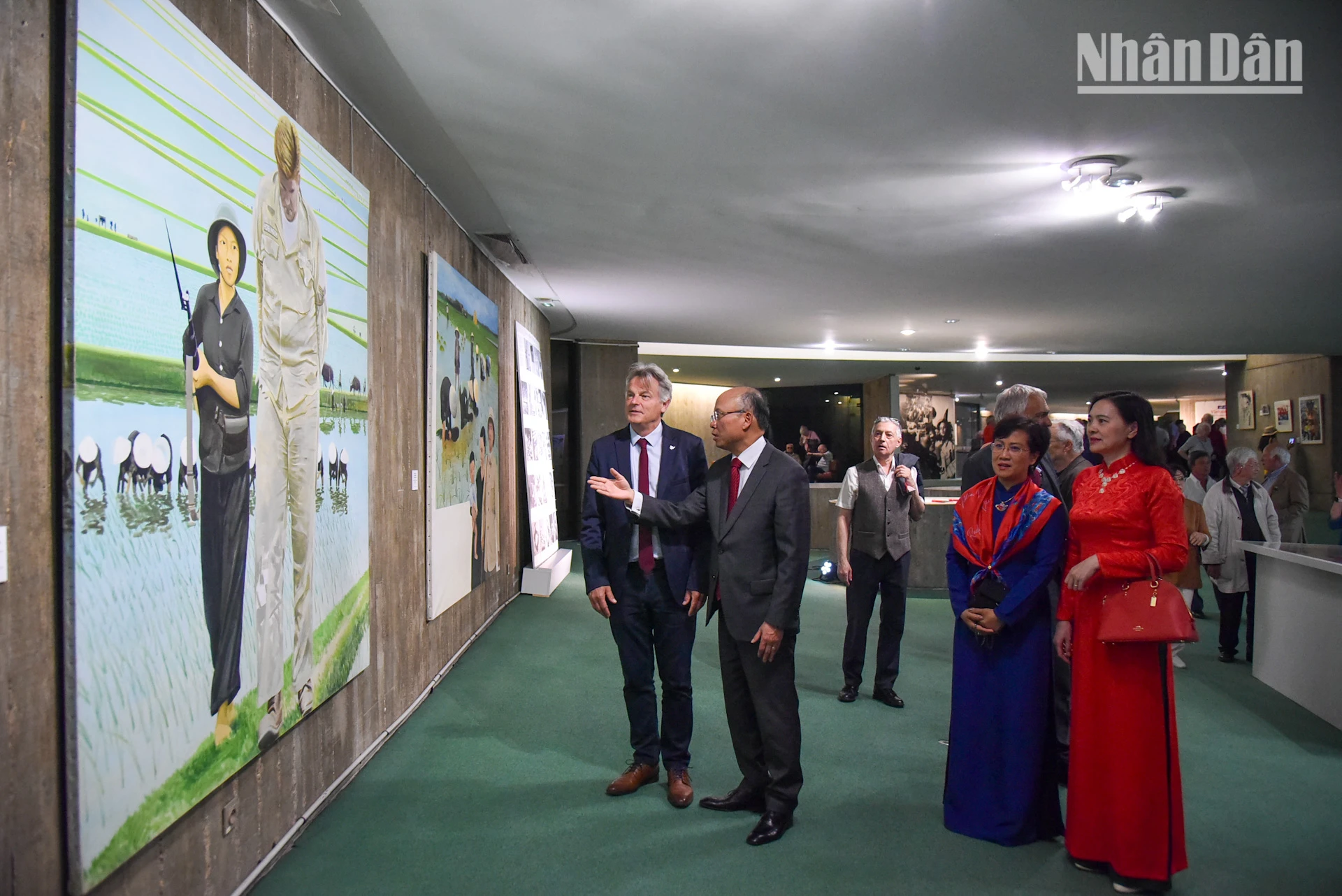 |
| Attending the opening ceremony of the exhibition were National Secretary of the French Communist Party Fabien Roussel, Vietnamese Ambassador to France Dinh Toan Thang and his wife, and Ambassador - Head of the Permanent Delegation of Vietnam to UNESCO Nguyen Thi Van Anh. (Photo: KHAI HOAN) |
The dark years of the war in Vietnam were the focus of international news. Many artists around the world , including those in France, with a spirit of peace and progress, always fighting for freedom, equality and charity, stood up to accompany the Vietnamese people throughout the difficult war period.
In France, a European country that shares many historical imprints with Vietnam, a wave of anti-war art has emerged strongly with a deeply self-deprecating character.
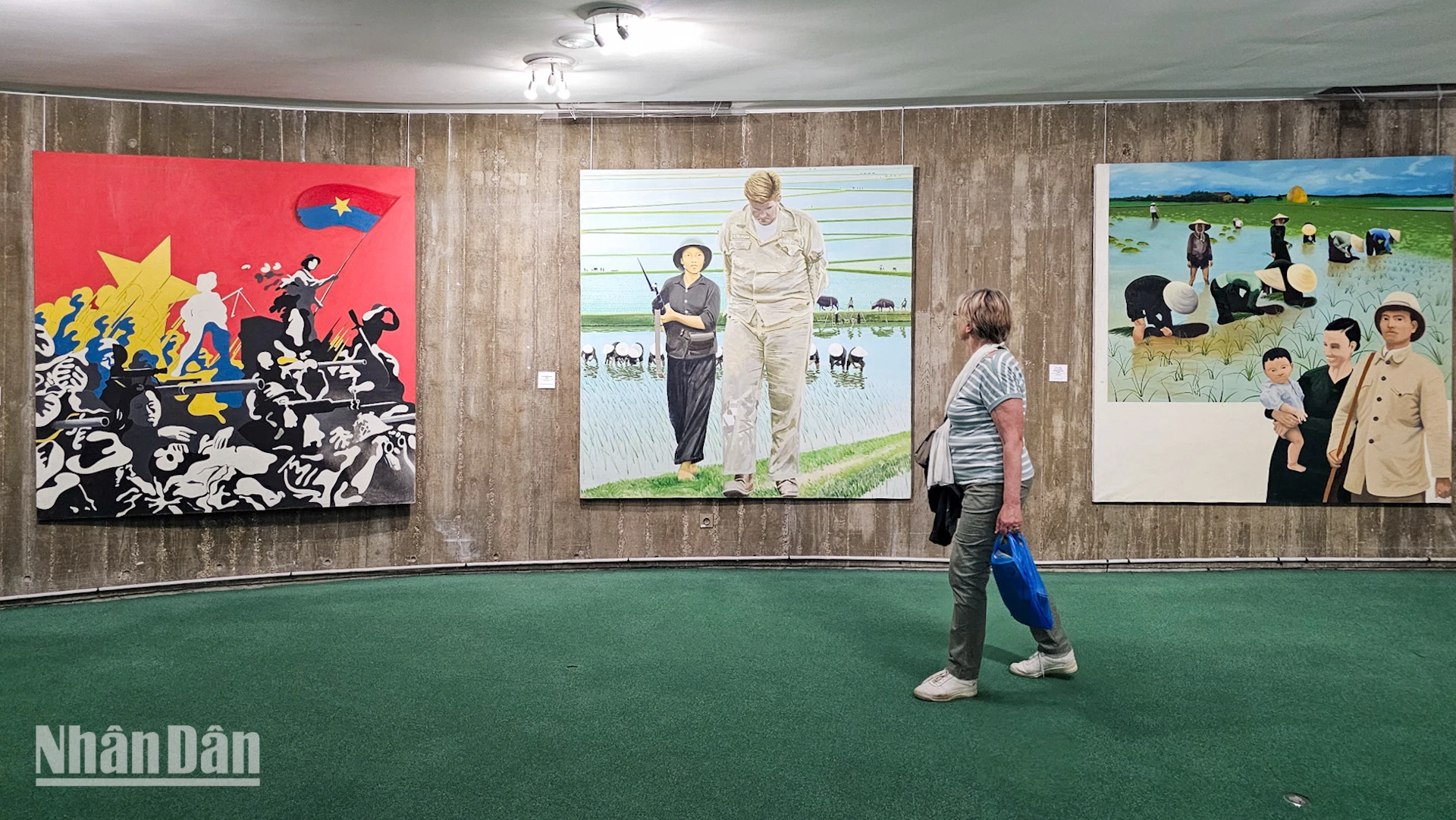 |
This exhibition displays paintings, drawings and posters expressing solidarity with the struggle of the Vietnamese people. (Photo: MINH DUY) |
Right from the early years of the war in Indochina, famous artists such as Picasso strongly voiced their support for Vietnam. The highlight of the exhibition is the painting "Long Live Peace" as the warmest and most meaningful congratulations sent by the famous artist Pablo Picasso to Vietnam after the Geneva Agreement was signed in 1954. This special painting was made at the request of the Editorial Board of the Nhân Đạo newspaper to celebrate the signing of the Geneva Agreement, scheduled to be published on the front page of the August 1, 1954 issue, but then appeared earlier in the special Sunday issue on July 25, 1954.
The painting "Long Live Peace", inspired by the painting "Sardane Dance of Peace" that he painted on September 20, 1953, has become one of the living symbols of anti-war art.
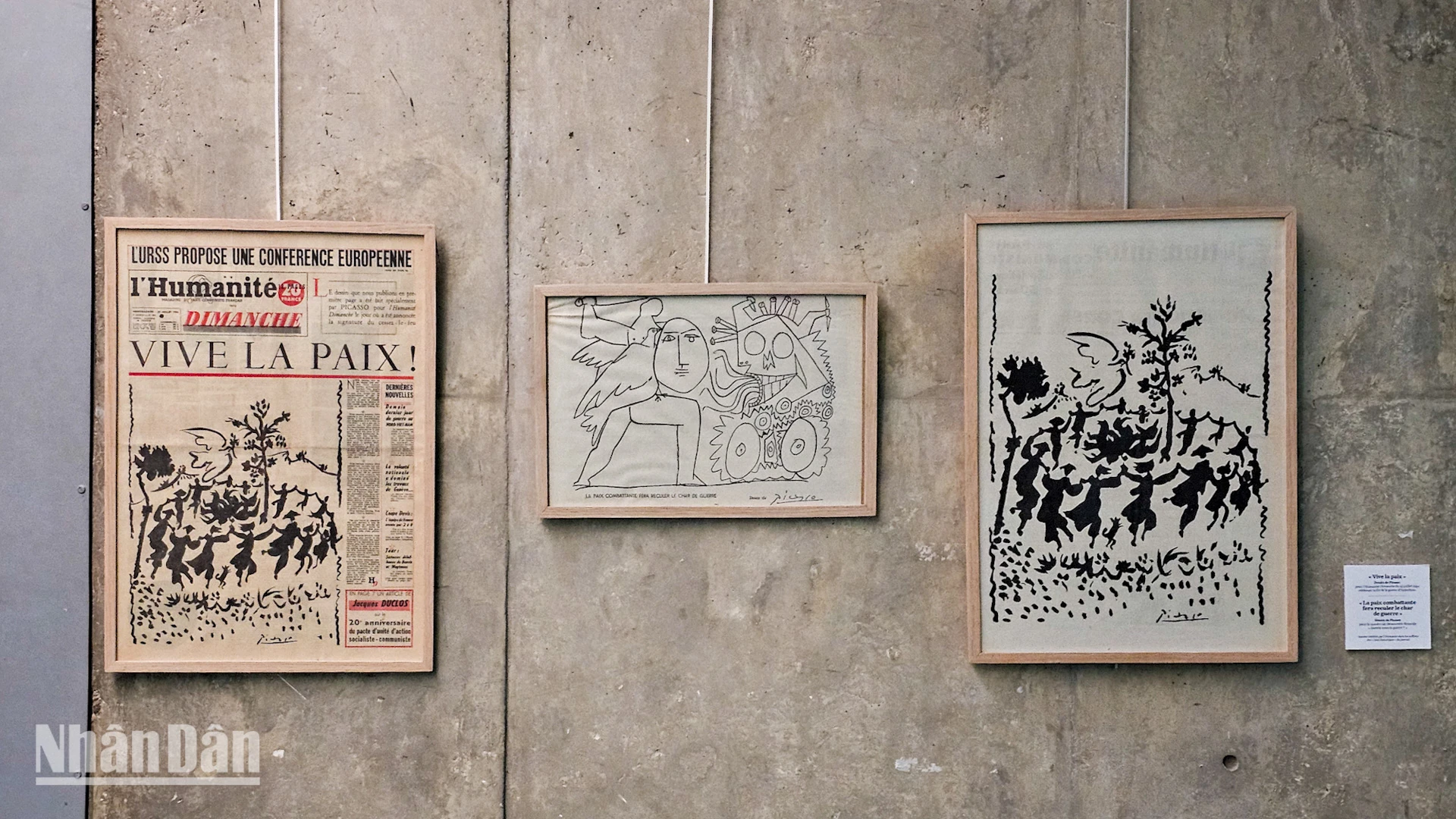 |
"Long live peace" is a painting and also the warmest and most meaningful congratulation sent by famous artist Pablo Picasso to Vietnam after the Geneva Agreement was signed in 1954. (Photo: KHAI HOAN ) |
As the Vietnamese people's long-term resistance against American imperialism gradually intensified, the wave of art protesting the unjust war in France became more vibrant than ever.
A large cultural demonstration against the unjust war of the US army, called “Intellectuals’ Day for Vietnam”, took place on March 23, 1968 at the Versailles Exhibition Grounds, gathering the participation of dozens of French artists.
Notable names include Picasso, Soulages, Jean Vilar, Joseph Kessel, Elsa Triolet, Delphine Seyrig, and documentary directors Ivens and Loridan-Ivens.
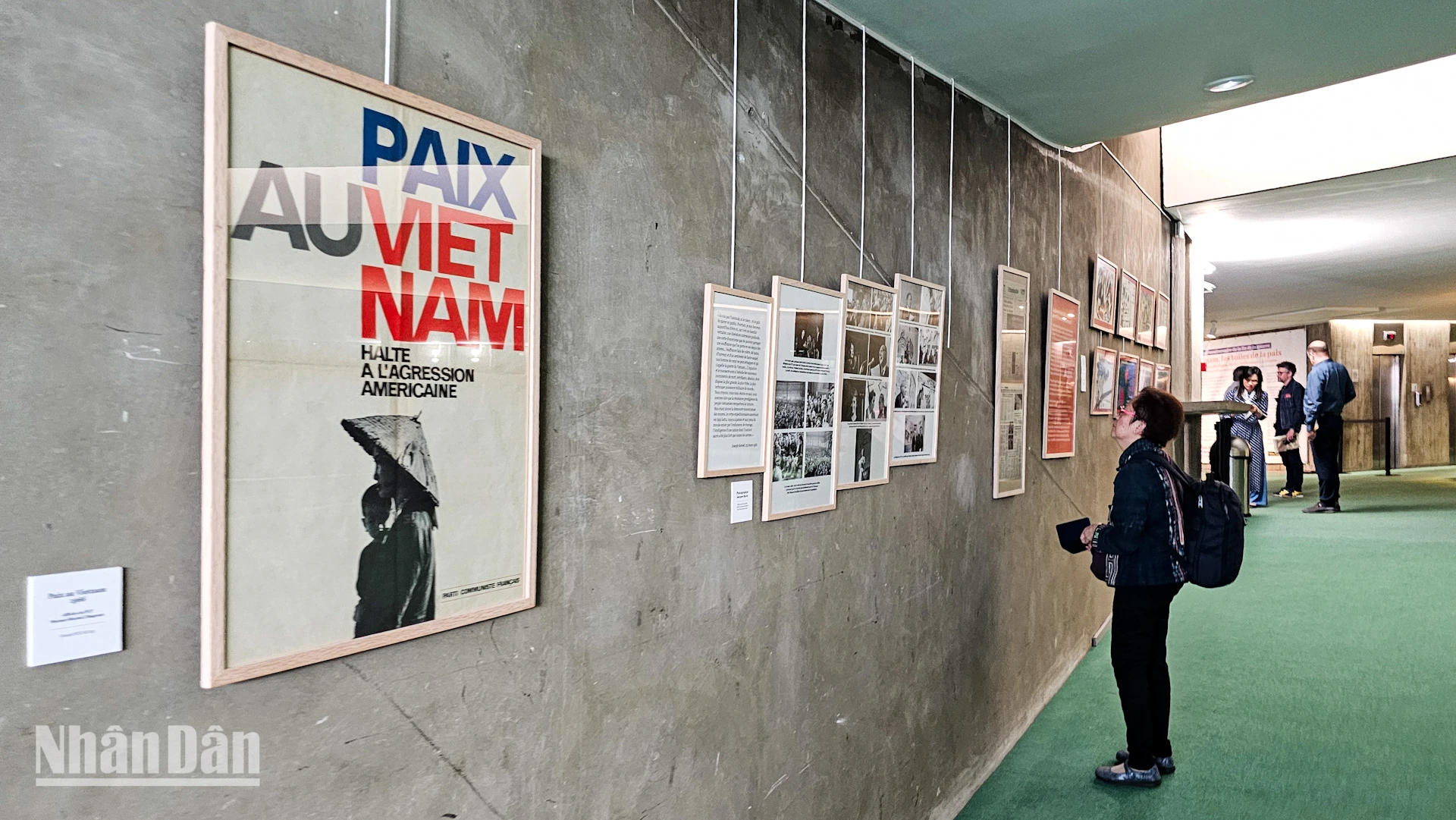 |
French artists express their admiration for the persistent and heroic struggle of the Vietnamese people. (Photo: MINH DUY) |
Previously, another collective exhibition with the theme “The Red Room for Vietnam” initiated by young artists in the Young Painting Group (Salon de la Jeune Peinture) was considered an artistic declaration full of pride, sympathy and sharing with the Vietnamese people during difficult times.
The bond that binds the Young Artists group, along with a number of left-wing artists and individuals who do not belong to any political party, is admiration for the resilient and indomitable struggle of the Vietnamese people against American imperialism, as well as French colonialism before it.
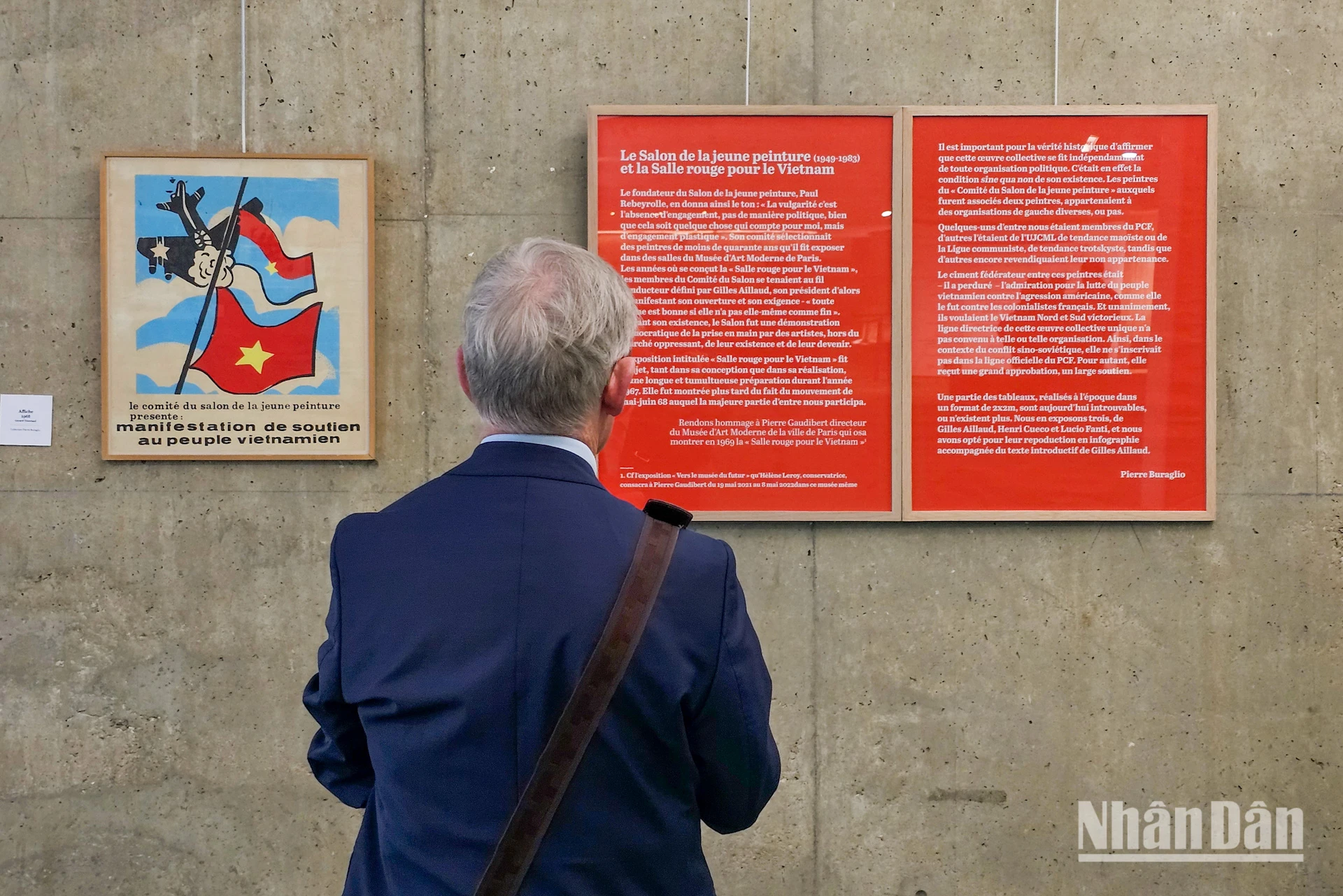 |
| Using the language of art to protest war attracts the participation of many artists from different leftist tendencies or from no organization. (Photo: MINH DUY) |
The artists all share the same view of wanting Vietnam to win, the South to be completely liberated, the country to be reunited, and the country to be reunited.
Although prepared since 1967, it was not until 1969 that “The Red Room for Vietnam” was held at the Museum of Modern Art in Paris, leaving a deep mark in the history of art fighting for justice.
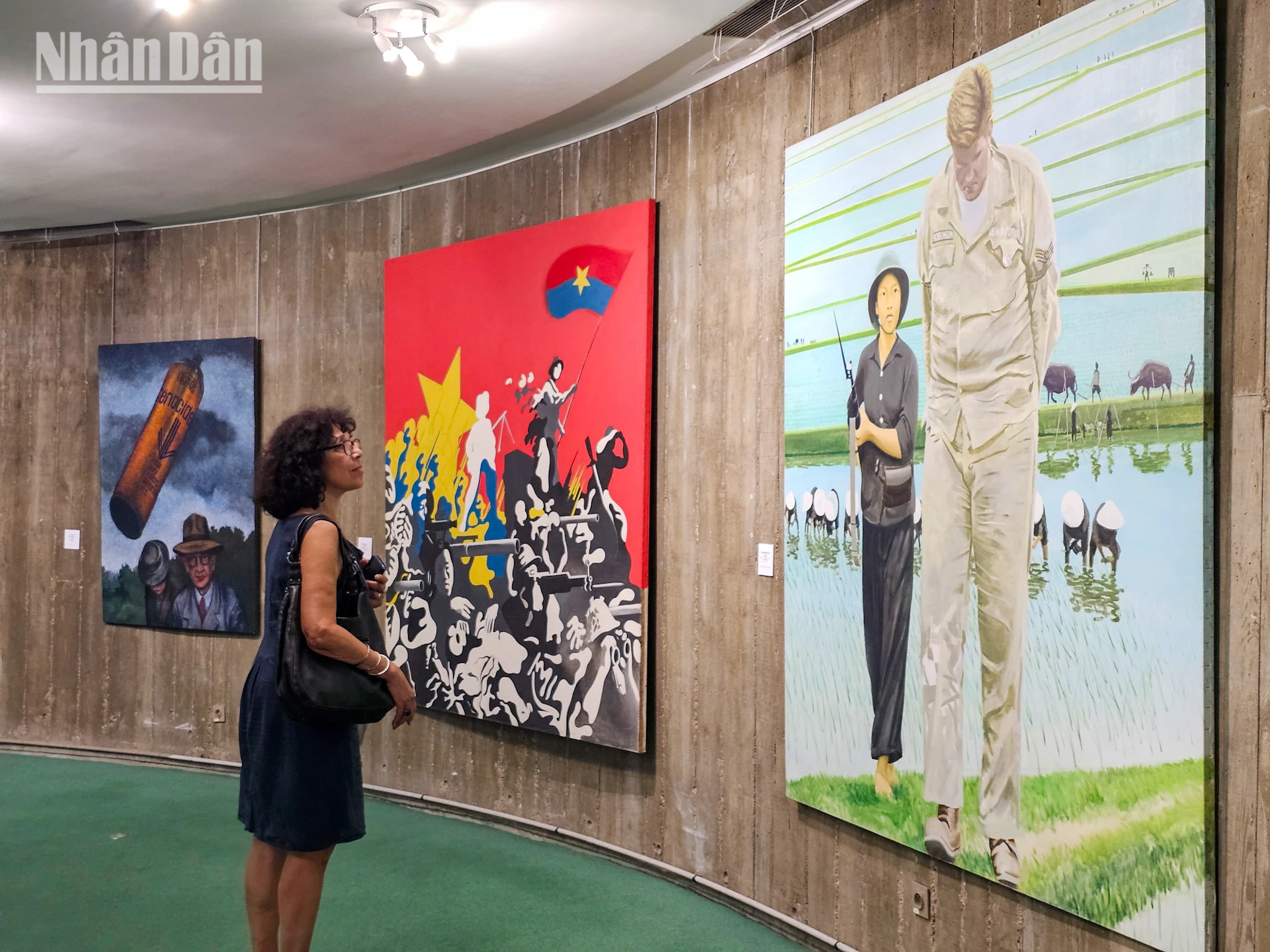 |
| French artists express solidarity and desire for peace for Vietnam through their art. (Photo: MINH DUY) |
Along with that, in 1969, a group of young graphic designers, born after the May-June movement of 1968, known as Grapus, emerged with a series of nine powerful posters declaring peace in Vietnam.
The exhibition at the Oscar Niemeyer exhibition space shows that French art has been connected to Vietnam through the passion and conscience of progressive people. This event not only evokes a development stage of the art of painting in the past, but also reminds us of the role of “art for humanity”, specifically the fight for justice and peace.
Source: https://nhandan.vn/tieng-long-cua-nghe-si-phap-phan-doi-chien-tranh-o-viet-nam-post876583.html


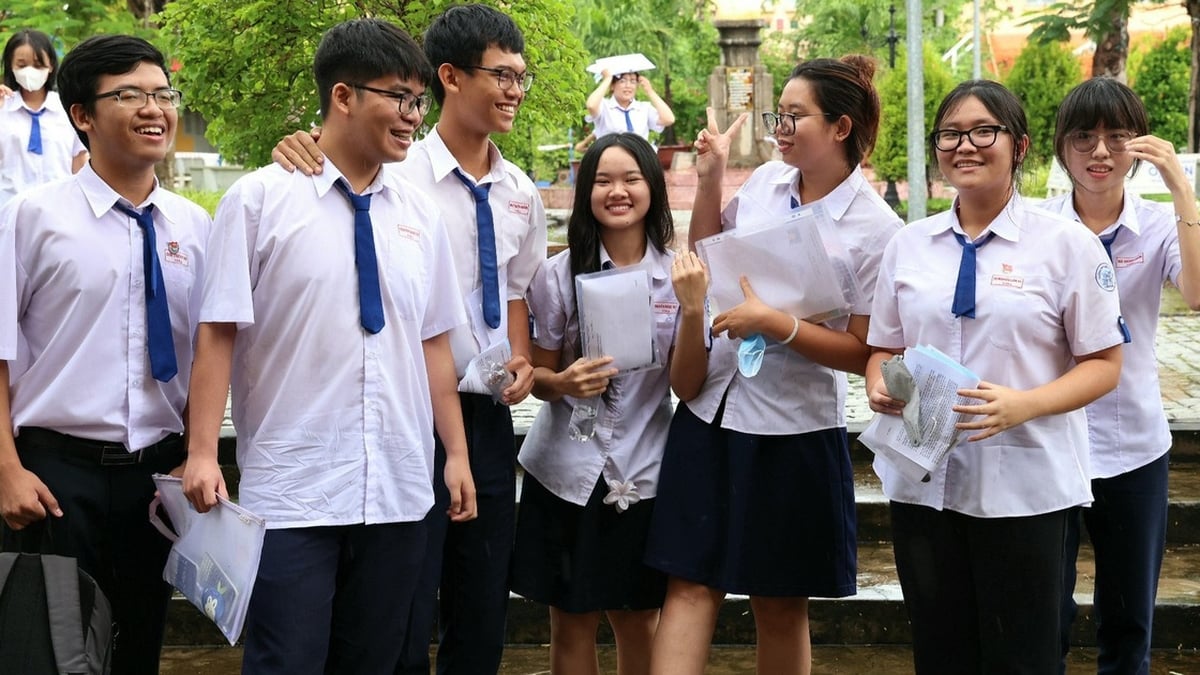
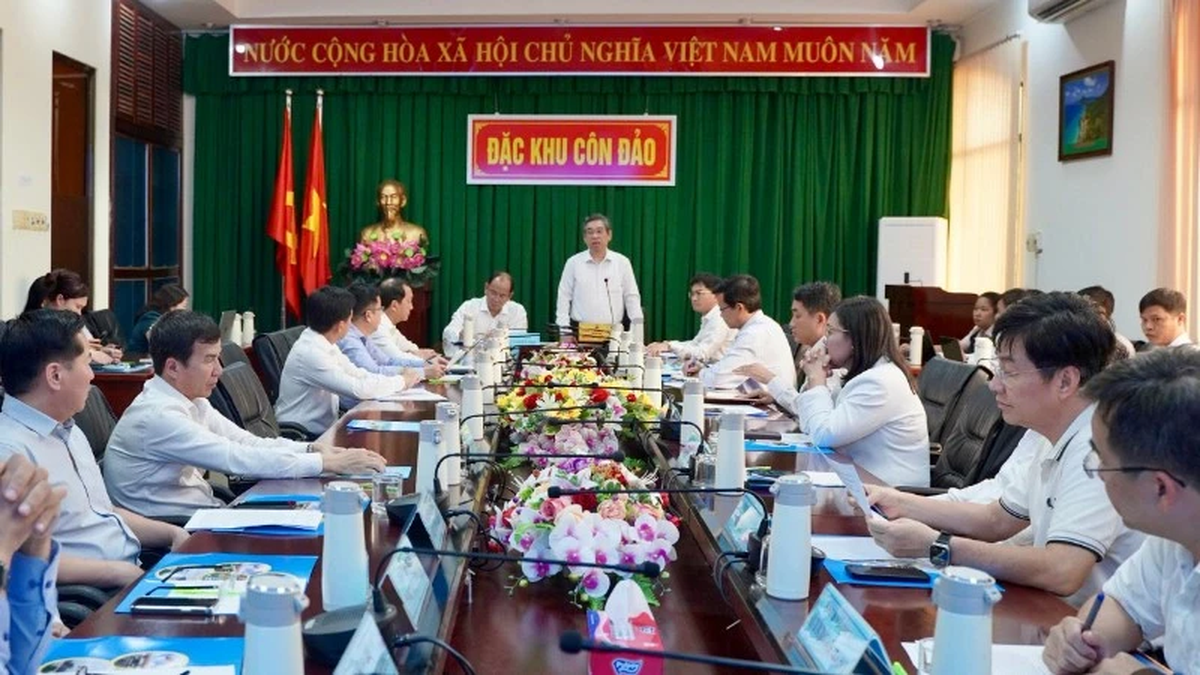
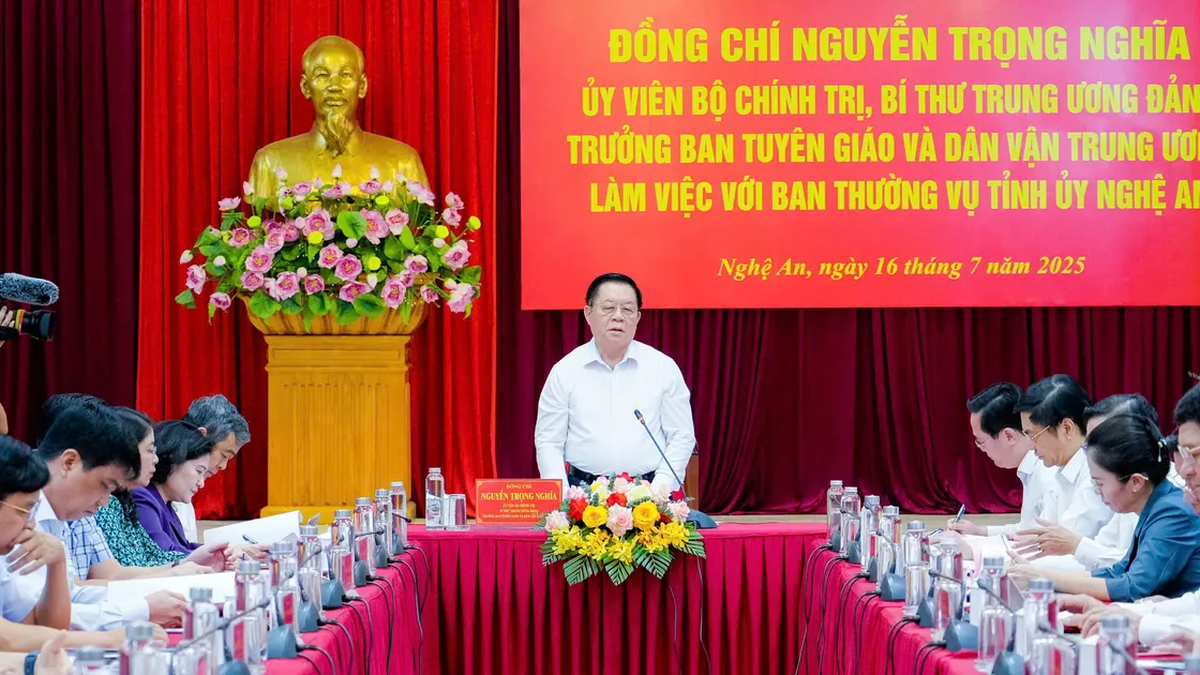

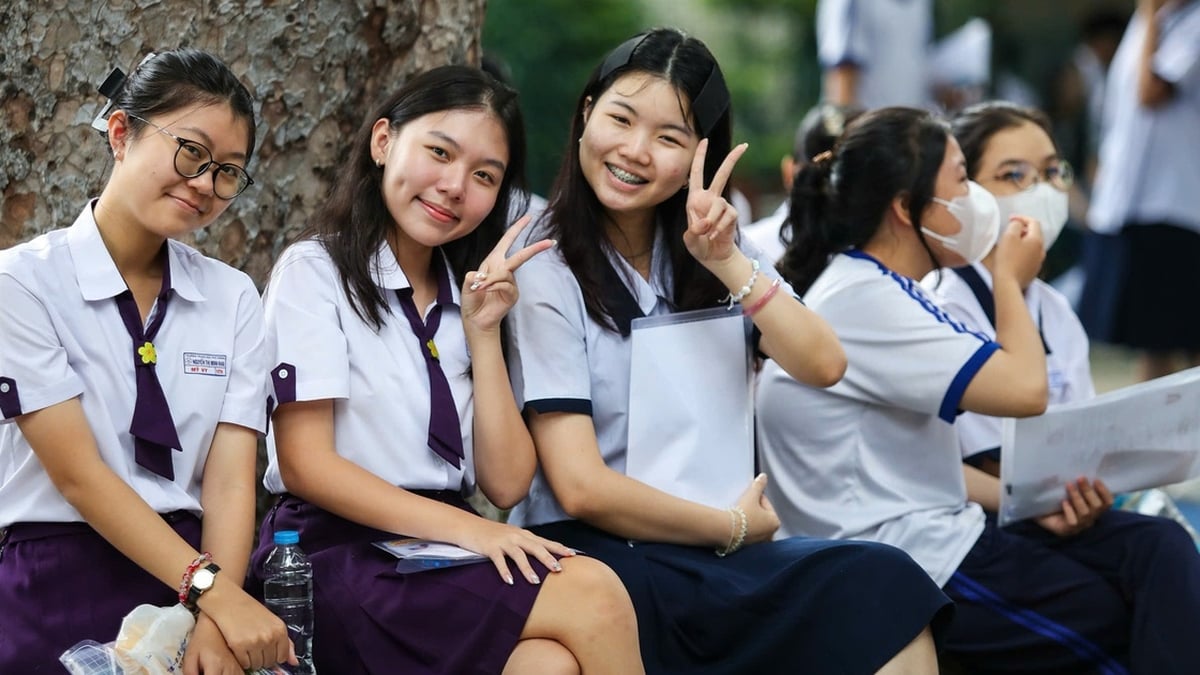

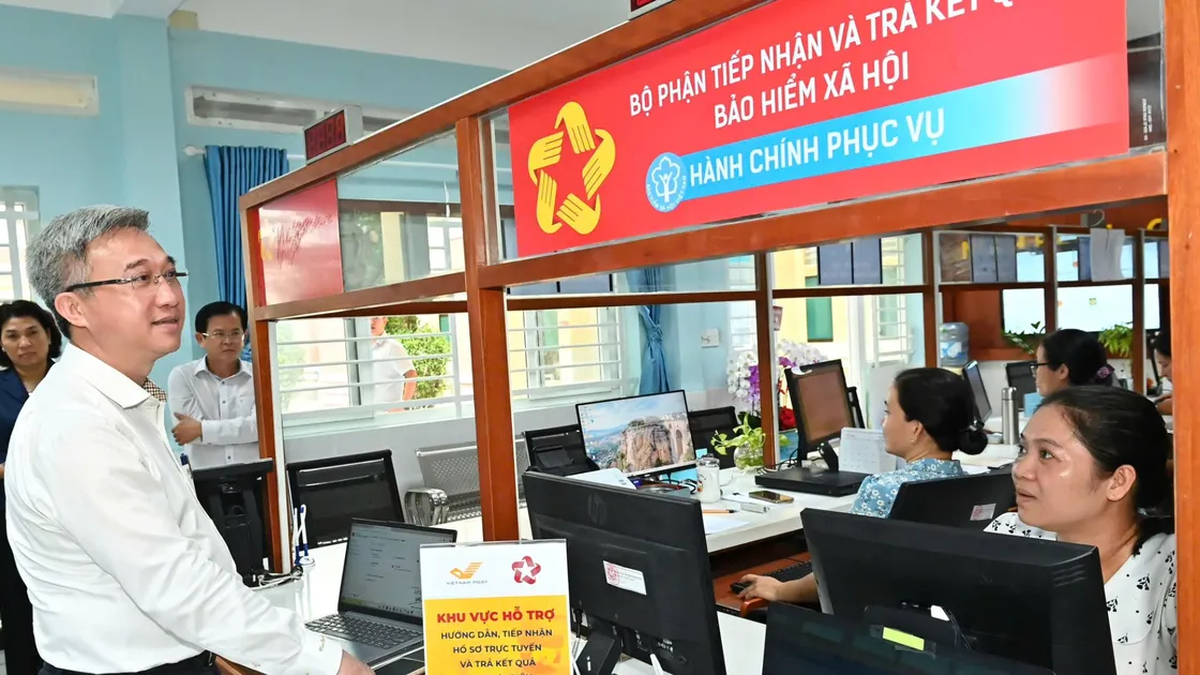
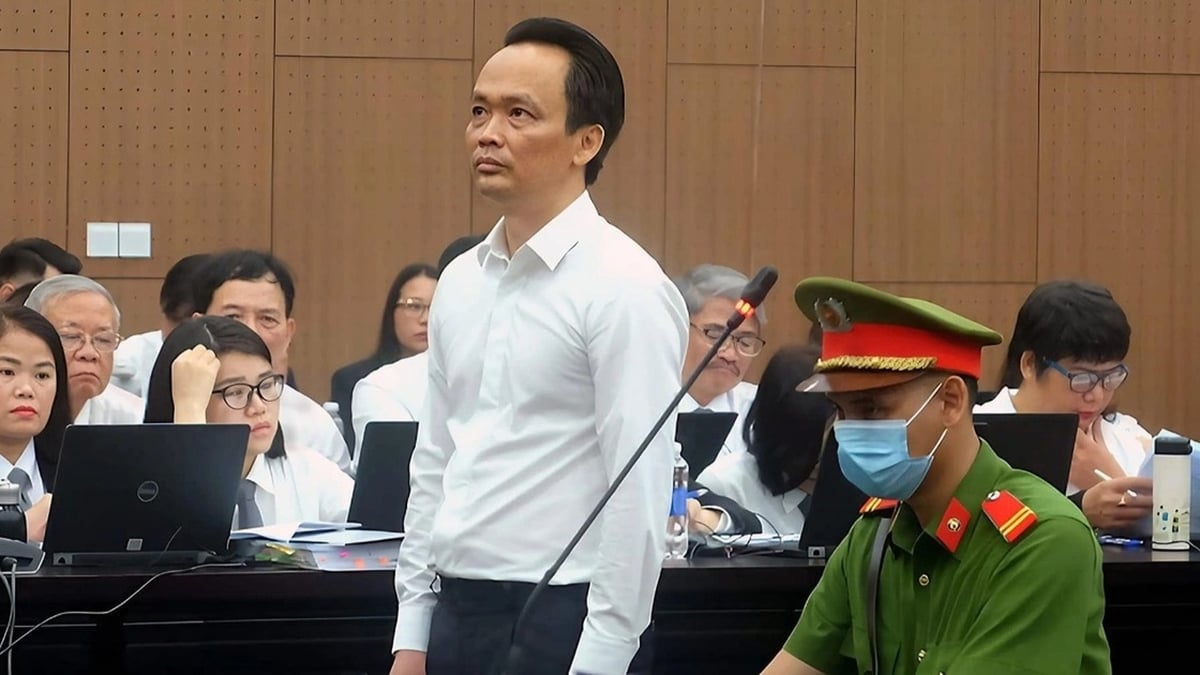
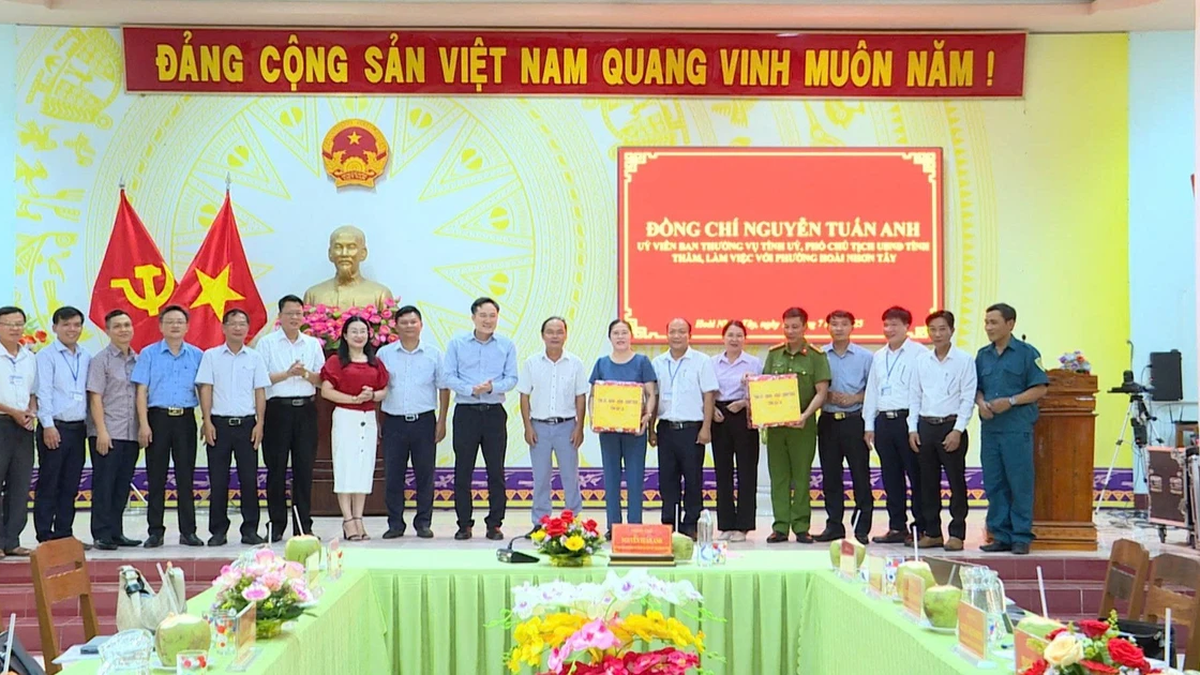
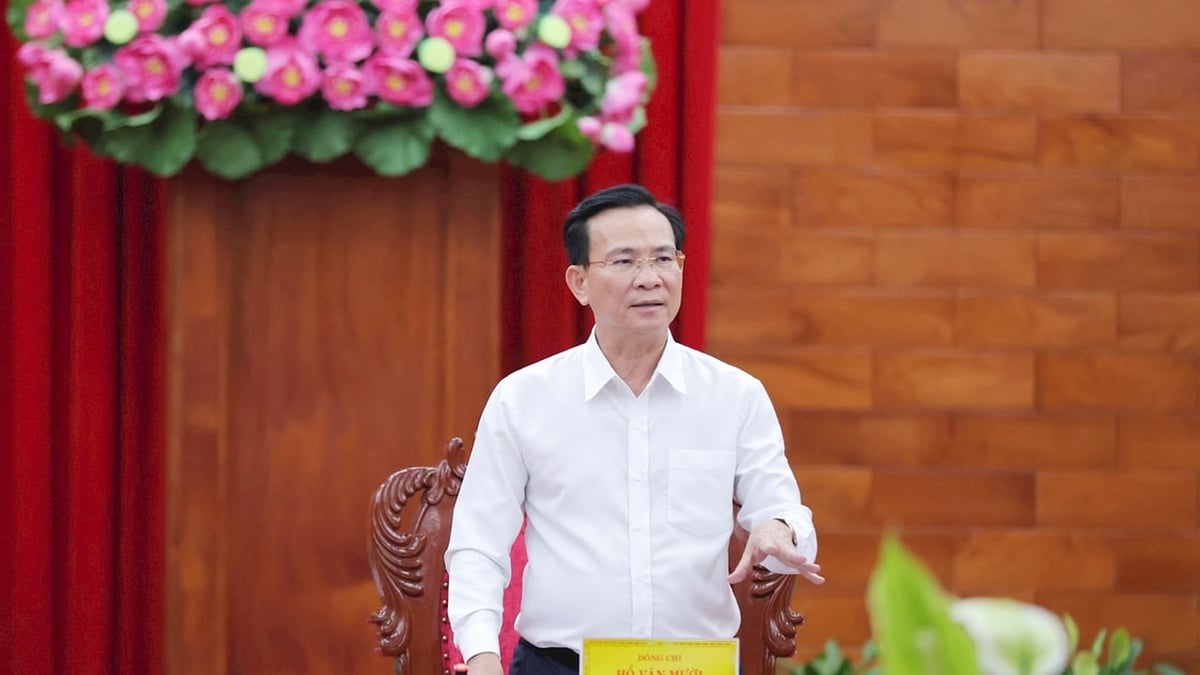








































![[Maritime News] More than 80% of global container shipping capacity is in the hands of MSC and major shipping alliances](https://vphoto.vietnam.vn/thumb/402x226/vietnam/resource/IMAGE/2025/7/16/6b4d586c984b4cbf8c5680352b9eaeb0)



















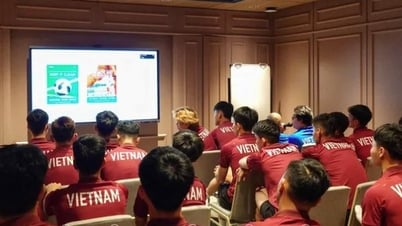
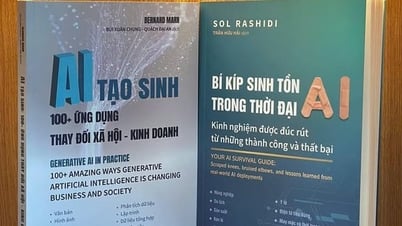
























Comment (0)